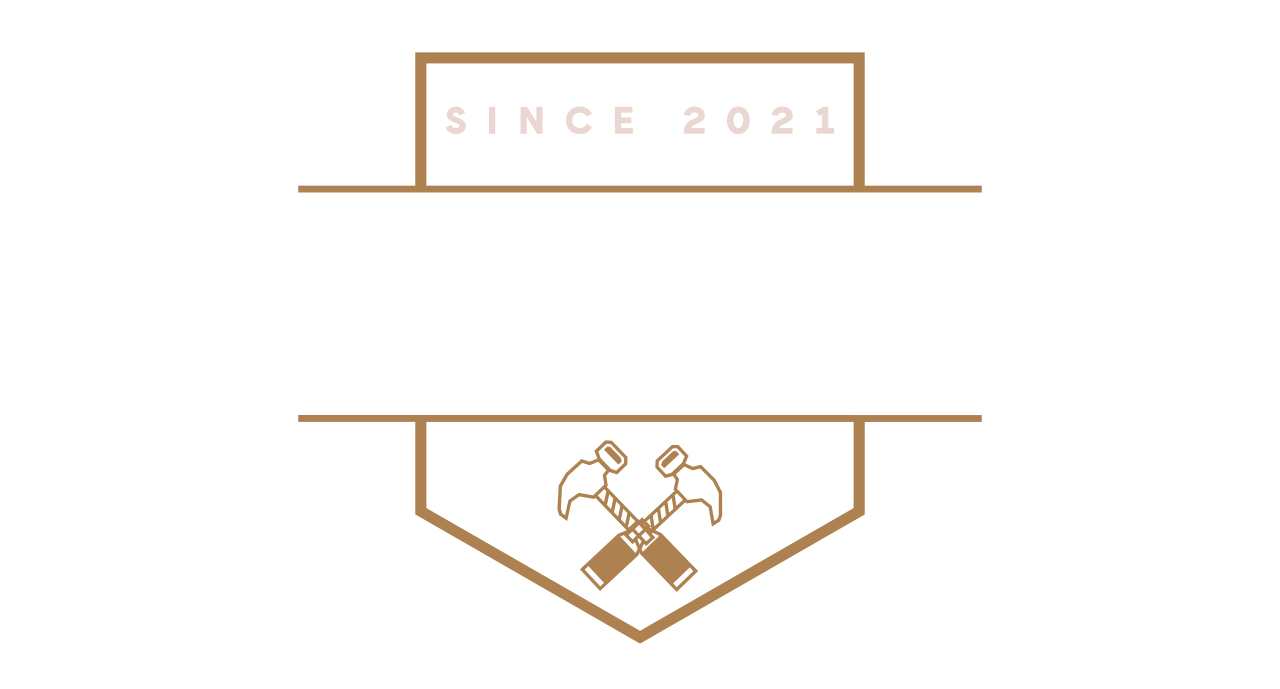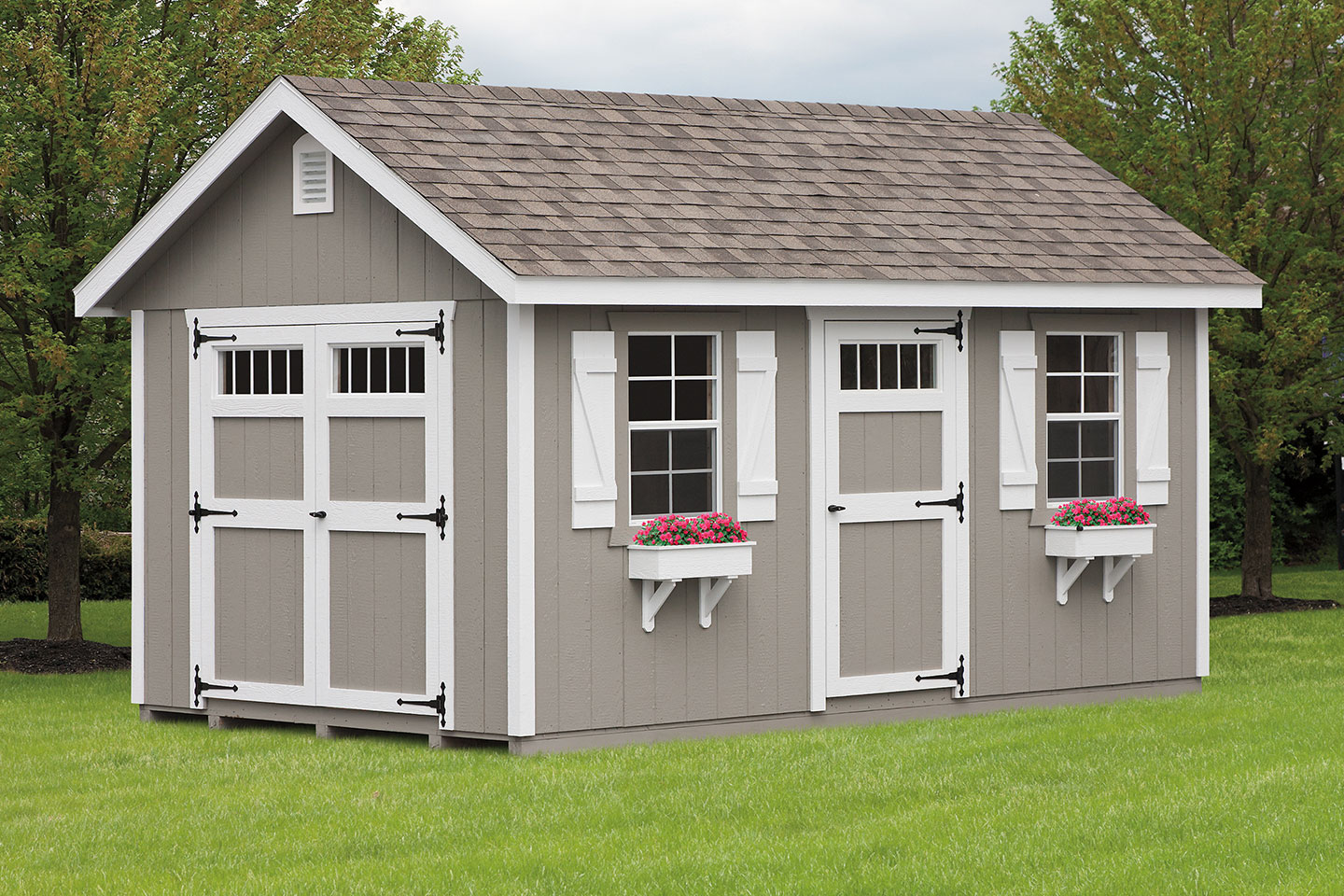You can see the shed that holds everything you need when you peek out your rear window. All your outdoor equipment, including your kids’ lawnmowers and bikes, is available. However, you were unaware of how shoddy your shed doors were beginning to seem previously. Perhaps it’s time for you to upgrade your existing doors or replace those in poor condition with one of the many styles of shed doors that are now on the market.
Sheds are versatile structures that serve many purposes, from storing gardening tools to housing outdoor equipment. However, one crucial element of sheds often goes unnoticed: the shed door. Shed doors play a significant role in providing access, security, and functionality. In this blog, we will discover the key insights into cracking the code of shed roof repair.
Whether you’re building a new shed or looking to upgrade an existing one, understanding the different types, materials, hardware, and maintenance tips will help you make informed decisions and ensure your shed door meets your needs.
Types of Shed Doors
When it comes to shedding doors, several types of shed door options exist, each with advantages and limitations. The two main categories are swinging doors and sliding doors. Swinging doors, such as hinged or double doors, offer easy access and a traditional aesthetic. On the other hand, sliding doors, like barn-style or bypass doors, maximize space efficiency and are ideal for sheds with limited clearance.
Materials for Shed Doors
Choosing the right material for your shed door is crucial for durability, security, and aesthetics. Common options include wood, metal, and fiberglass. Wood runs a classic look and can be customized but requires regular maintenance. Metal doors for sheds, like steel or aluminum, offer strength and security but may be prone to corrosion. Fiberglass doors are lightweight, resistant to warping, and require minimal upkeep, making them a popular choice.
What Kind Of Wood Do Shed Doors Consist Of?
Plywood is the most popular type of wood for shed doors since it is strong and long-lasting. Plywood can survive bad weather during the winter. For doors for sheds, plywood can be molded and cut to any size and shape because it is lightweight.
Shed Door Hardware
The hardware used on shed doors significantly impacts their functionality and security. Door hinges, handles, locks, and latches are essential components to consider. Hinges should be durable and able to support the door’s weight, while handles and latches should be easy to operate. Choosing high-quality locks will enhance security and deter potential intruders.
Enhancing Security
Securing your shed is essential to protect your belongings. Reinforcing the shed door with sturdy materials like solid wood or metal frames can deter forced entry. Additionally, installing deadbolt locks or padlocks, reinforced strike plates, and security bars will add an extra layer of protection. Consider using security cameras or motion sensor lights to enhance security measures further.
Maintenance and Weatherproofing
Regular maintenance and weatherproofing are crucial to ensure your shed door’s longevity. Treat wooden doors for sheds with sealants or paint to protect against moisture, rot, and warping. Metal doors should be inspected for signs of rust and treated accordingly. Weatherstripping and door sweeps can help prevent drafts and keep out pests. Regularly check hinges and hardware, and lubricate moving parts for smooth operation.
Personalization and Aesthetics
Shed doors don’t have to be purely functional; they can also enhance the overall look of your outdoor space. Consider personalizing your shed door with paint, stain, or decorative accents that match your style and complement the surrounding environment. Adding windows to the door can provide natural light and create a more inviting atmosphere.
Accessibility and Ease of Use
When selecting a shed door, it’s important to consider accessibility and ease of use. The door should be designed to allow for smooth opening and closing without obstructions. If you have mobility issues or frequently need to move large equipment in and out of the shed, consider wider doors for sheds or double doors that provide a larger opening. Additionally, incorporating features like ramps or threshold-free entrances can make it easier to navigate the door with heavy items or assistive devices.
Ventilation and Airflow
Proper ventilation is essential to prevent moisture buildup and maintain a healthy environment inside the shed. When choosing a shed door, consider options that provide adequate ventilation, such as doors for sheds with built-in vents or louvered panels. This allows for better airflow, reducing the risk of mold, mildew, and musty odors. Adequate ventilation is particularly important if you store items in your sheds sensitive to humidity, such as gardening tools, electronics, or wooden furniture.
Noise Reduction
If you plan to use your shed for activities that may generate noise, such as woodworking or playing musical instruments, it’s worth considering noise reduction measures for the door. Look for door options that have insulation properties, or consider adding soundproofing materials to the interior of the door. This will help minimize noise transmission and create a more pleasant and comfortable environment inside and outside the shed.
Professional Installation
While some DIY enthusiasts may be comfortable installing doors for sheds themselves, seeking professional installation services is often beneficial. Professional installers have the knowledge and expertise to ensure the door is properly aligned, securely attached, and functions smoothly. They can also guide selecting the right door and hardware based on your requirements. Investing in professional installation will save you time, effort, and potential frustrations.
Customization and Additional Features
Personalizing your shed door can add a unique touch to your outdoor space. Many manufacturers offer customization options, allowing you to choose the color, finish, and style that best matches your preferences. You can also explore other features such as windows, decorative accents, or built-in storage options. Customizing your shed door enhances its visual appeal and adds functionality and convenience tailored to your needs.
Energy Efficiency
In colder climates, energy efficiency is an important consideration for doors for sheds. A well-insulated door can help retain heat and prevent cold drafts from seeping into the shed, making it more comfortable and energy-efficient. Look for doors with weatherstripping and insulated cores to minimize heat loss. Energy-efficient shed doors can also contribute to overall energy savings, particularly if you use the shed as a workspace or have electrical appliances.
Long-Term Durability
Investing in a shed door that offers long-term durability is essential. Consider materials resistant to weather conditions, such as corrosion-resistant metal or rot-resistant wood. High-quality hardware and hinges that can withstand frequent use and exposure to the elements are also crucial. Choosing a durable shed door will save you money and maintenance efforts in the long run, ensuring your shed remains functional and secure for years.
Warranty and Customer Support
When purchasing a shed door, inquire about the warranty the manufacturer or supplier provides. A solid warranty reflects the company’s confidence in its product’s quality and durability. It also provides peace of mind, knowing you can rely on the manufacturer’s support if any issues arise. Additionally, consider the availability of customer support and after-sales service. A reputable company with responsive customer support will assist you in resolving any concerns or queries.
Budget Considerations
Finally, it’s important to consider your budget when selecting a shed door. Determine your allocated budget and explore options within that range. Remember that investing in a high-quality shed door may incur a higher upfront cost. However, it can save you money in the long term due to increased durability and functionality. Compare prices, features, and warranties to make a conversant decision that aligns with your budget and desired specifications.
What Size Door Height Should Be Used For A Shed?
The doors for your shed should be the right size to match your demands and the purpose for which it was built. The typical shed door size measures 6 feet tall and 6.5 feet wide. In addition to making it possible for people to reach the shed conveniently, this also makes it possible to store machines and other items within. In some circumstances, you’ll require multiple big shed doors. For instance, you can ask for custom-sized doors to store an ATV or a sizable lawnmower inside.
Shed Door Latches And Locks
Locks and shed door latches function differently. The latch does not secure the door; rather, it aids in keeping the door closed in windy conditions or prevents the door from swinging. However, shed door locks come in various styles and are made to be secure. Rim locks, pad bolts, hasps and staples, and shed door bars are a few examples.
Conclusion
Cracking the code of doors for sheds involves understanding the various types, materials, hardware, security measures, and maintenance tips. Considering these key insights, you can select the right shed door that aligns with your needs, enhances security, and adds aesthetic appeal to your outdoor space. Whether you’re building a new shed or upgrading an existing one, investing time and effort in choosing and maintaining the right shed door will ultimately enhance the functionality and value of your shed. So, unlock the potential of your shed by cracking the code of shed doors and enjoy the convenience, security, and visual appeal they bring.



